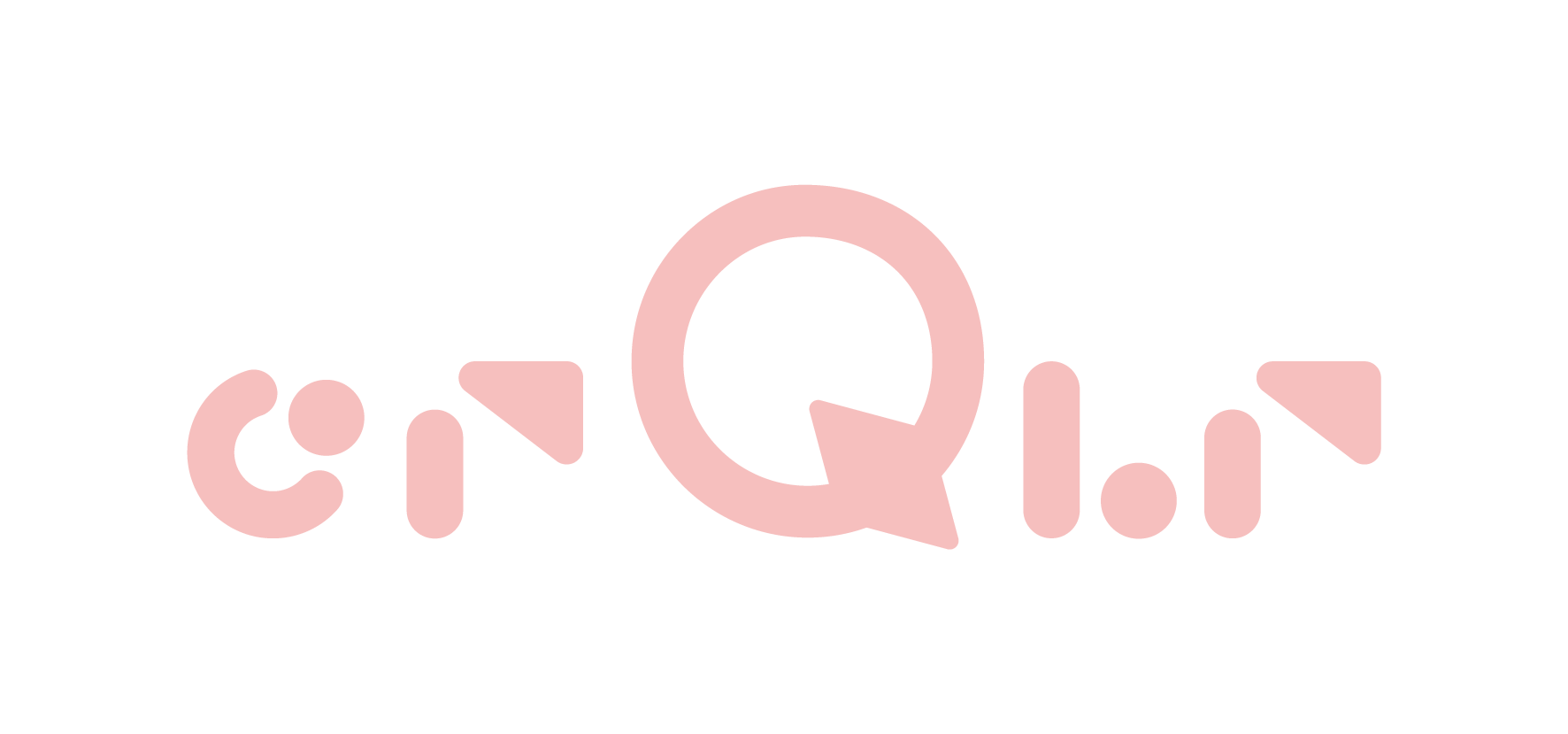-
応募プロジェクト・アイデアのタイトル(日英併記)
Another Moon
-
応募プロジェクト・アイデアの紹介動画URL(5分以内)
https://www.youtube.com/watch?v=HGG1agAH1xo&feature=emb_title
-
応募プロジェクト・アイデアの詳細説明(日英併記)
40 towers, each:
- 400W solar panels
- Custom 4W laser projector
- Environmentally friendly LiFePo4 battery
- Computer with touchscreen
- Custom firmware
- Completely wireless (power + data)
Custom calibration software Rulr developed by the artists
Another Moon is a large-scale outdoor apparition that creates a technically sublime second moon in the sky. As the original moon is visible as a reflection of sunlight in the sky, this second moon is created by a cross-temporal reflection of sunlight gathered during the day, projected back into the sky at night. The moon appears overhead where laser beams tightly superimpose to create a three-dimensional form that can be viewed up to 1km away. It was developed over a 6 year period by the artist duo, and is the pinnacle of their 'Drawing in the Air' series of works.
The project was first presented in the industrial ruins of the Zeche Zollverein (historically the most productive coal mine in Europe). Each night the lasers turn off one by one as the sunshine on that particular day is depleted from their batteries. This mechanism replays the ephemeral energy of the day, unwinding our on-demand instinct for energy which became dominant during the era of fossil fuels. The work proposes that our relationship with energy could be more like our relationship with internet bandwidth, where one day the energy is fast (when the sun and wind are available) and the next might be slow, and that by learning to live in this world of fast and slow energy we can significantly reduce our dependency on fossil fuels.
The artists have frequently used the motif of the moon as a reflection of our physical reality. It is the only land that we can naturally see outside of our own habitat, and demonstrates the physicality of our planet Earth, as a spherical body traveling alone through space, awakening and disappearing as the sun's shadow is passed around it. By presenting an immaterial moon, the work monumentalises a merging of virtual and physical realities. This motif relates to the moon of Haruki Murakami's 1Q84 which demonstrates the viewer entering into a new reality. -
キーワード
#solar #installation #art #light #moon
-
応募プロジェクト・アイデアのWebサイトがありましたら、URLをご記入ください。
https://www.kimchiandchips.com/works/anothermoon/
-
【特別賞】「地域資源の活用」として、素材や知見などの、地域資源をどのように活用して、課題に取り組んでいるか。(日英併記)
-
【特別賞】「コミュニティから始まり、持続される」として、地域コミュニティでの活動を通じて、どのようにその活動を持続させているか。
-
【特別賞】「天然資源の再生」どのように廃棄物や汚染を排除し、天然資源を再生しているか。
As mentioned in the description above:
The project was first presented in the industrial ruins of the Zeche Zollverein (historically the most productive coal mine in Europe). Each night the lasers turn off one by one as the sunshine on that particular day is depleted from their batteries. This mechanism replays the ephemeral energy of the day, unwinding our on-demand instinct for energy which became dominant during the era of fossil fuels. The work proposes that our relationship with energy could be more like our relationship with internet bandwidth, where one day the energy is fast (when the sun and wind are available) and the next might be slow, and that by learning to live in this world of fast and slow energy we can significantly reduce our dependency on fossil fuels.
- 923
Another Moon
Another Moon is a large-scale outdoor apparition that creates a technically sublime second moon in the sky. As the original moon is visible as a reflection of sunlight in the sky, this second moon is created by a cross-temporal reflection of sunlight gathered during the day, projected back into the sky at night. The moon appears overhead where laser beams tightly superimpose to create a three-dimensional form that can be viewed up to 1km away. It was developed over a 6 year period by the artist duo, and is the pinnacle of their 'Drawing in the Air' series of works.
The project was first presented in the industrial ruins of the Zeche Zollverein (historically the most productive coal mine in Europe). Each night the lasers turn off one by one as the sunshine on that particular day is depleted from their batteries. This mechanism replays the ephemeral energy of the day, unwinding our on-demand instinct for energy which became dominant during the era of fossil fuels. The work proposes that our relationship with energy could be more like our relationship with internet bandwidth, where one day the energy is fast (when the sun and wind are available) and the next might be slow, and that by learning to live in this world of fast and slow energy we can significantly reduce our dependency on fossil fuels.
The artists have frequently used the motif of the moon as a reflection of our physical reality. It is the only land that we can naturally see outside of our own habitat, and demonstrates the physicality of our planet Earth, as a spherical body traveling alone through space, awakening and disappearing as the sun's shadow is passed around it. By presenting an immaterial moon, the work monumentalises a merging of virtual and physical realities. This motif relates to the moon of Haruki Murakami's 1Q84 which demonstrates the viewer entering into a new reality.
The project was first presented in the industrial ruins of the Zeche Zollverein (historically the most productive coal mine in Europe). Each night the lasers turn off one by one as the sunshine on that particular day is depleted from their batteries. This mechanism replays the ephemeral energy of the day, unwinding our on-demand instinct for energy which became dominant during the era of fossil fuels. The work proposes that our relationship with energy could be more like our relationship with internet bandwidth, where one day the energy is fast (when the sun and wind are available) and the next might be slow, and that by learning to live in this world of fast and slow energy we can significantly reduce our dependency on fossil fuels.
The artists have frequently used the motif of the moon as a reflection of our physical reality. It is the only land that we can naturally see outside of our own habitat, and demonstrates the physicality of our planet Earth, as a spherical body traveling alone through space, awakening and disappearing as the sun's shadow is passed around it. By presenting an immaterial moon, the work monumentalises a merging of virtual and physical realities. This motif relates to the moon of Haruki Murakami's 1Q84 which demonstrates the viewer entering into a new reality.


